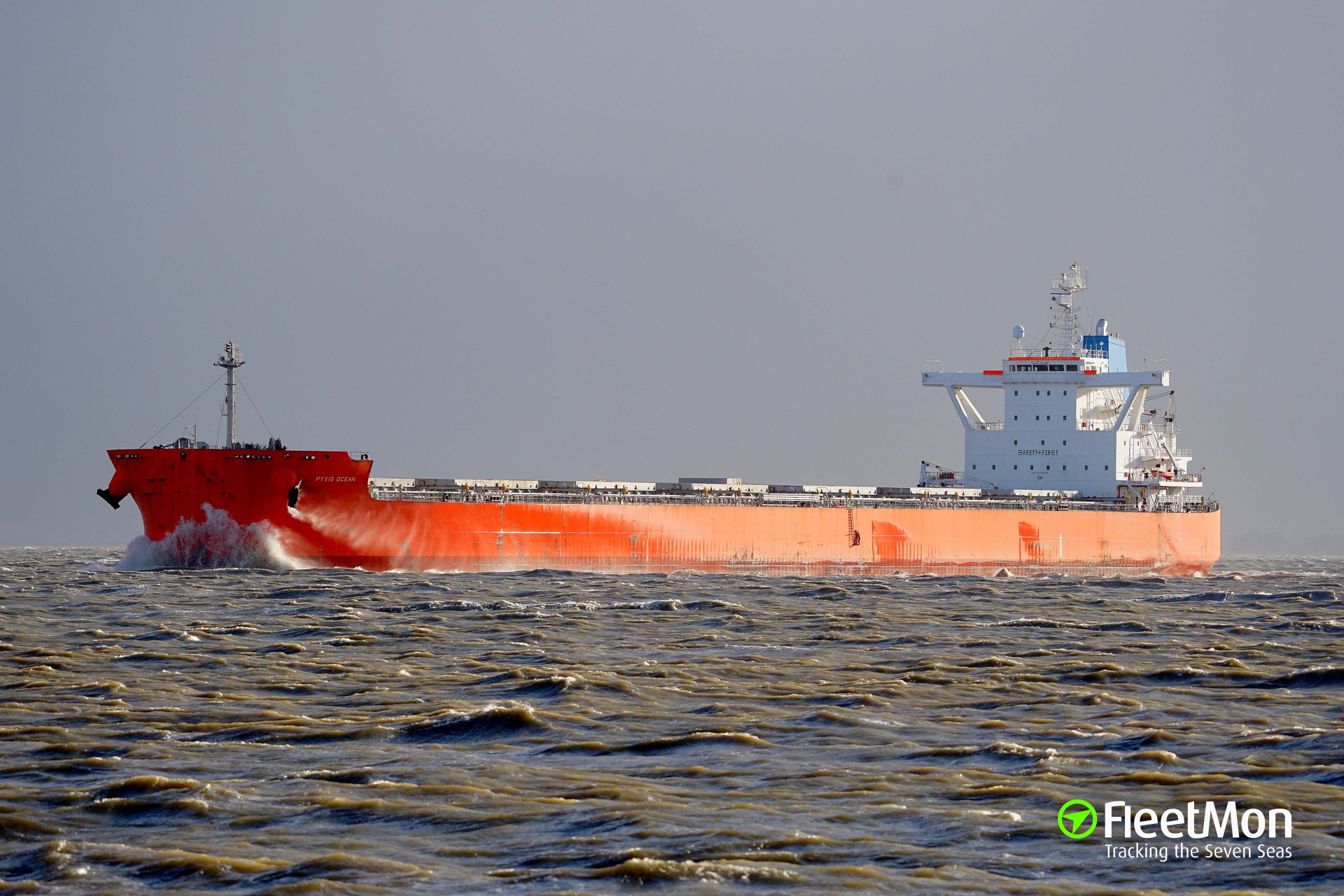Seems interesting. Doesn't look like traditional sails, but blades. Right they're they're supplemental with an expected contribution of 30% of the energy needed.

 robbreport.com
robbreport.com

This New 750-Foot Cargo Ship Uses Giant Sail Wings to Cut Carbon Emissions
The 750-foot "Pyxis Ocean" features two giant sail wings that harness the power of the wind to cut fuel consumption and lower carbon emissions.


